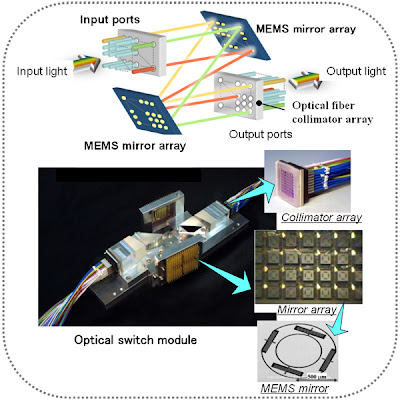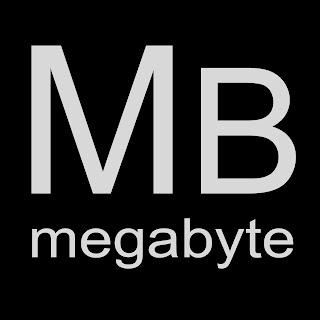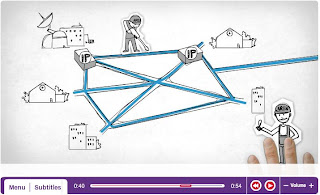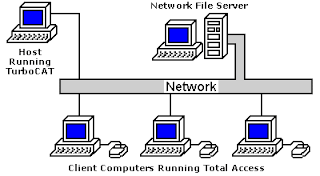Defining Throughput
Remember the previous post "Bandwidth and throughput". it turns out to be difficult to define
precisely the throughput of a switch. Intuitively, we might think that if a
switch has n inputs that each support a link speed of si , then the
throughput would just be the sum of all the si . This is actually the
best possible throughput that such a switch could provide, but in practice
almost no real switch can guarantee that level of performance. One reason for
this is simple to understand. Suppose that, for some period of time, all the
traffic arriving at the switch needed to be sent to the same output. As long as
the bandwidth of that output is less than the sum of the input bandwidths, then
some of the traffic will need to be either buffered or dropped. With this
particular traffic pattern, the switch could not provide a sustained throughput
higher than the link speed of that one output. However, a switch might be able
to handle traffic arriving at the full link speed on all inputs if it is
distributed across all the outputs evenly; this would be considered optimal.
Another factor that affectsthe
performance of switches is the the size of packets arriving on the inputs. For
an ATM switch, this is normally not an issue because all “packets” (cells) are
the same length. But for Ethernet
switches or IP routers, packets of widely varying sizes are possible. Some of the
operations that a switch must perform have a constant overhead per packet, so a
switch is likely to perform differently depending on whether all arriving
packets are very short, very long, or mixed. For this reason, routers or
switches that forward variable-length packets are often characterized by a packet
per second (pps) rate as well as a throughput in bits per second. The pps
rate is usually measured with minimum-sized packets.
The first thing to notice about this
discussion is that the throughput of the switch is a function of the traffic to
which it is subjected. One of the things that switch designersspend a lot of
their time doing is trying to come up with traffic models that approximate the
behavior of real data traffic. It turns out that it is extremely difficult to
achieveaccurate models.
A traffic model attempts to answer
several important questions: (1) When do packets arrive? (2) What outputs are
they destined for? And (3) how big are they? Traffic modeling is a
wellestablished science that has been extremely successful in the world of telephony,
enabling telephone companies to engineer their networks to carry expected loads
quite efficiently. This is partly because the way people use the phone network
does not change that much over time: The frequency with which calls are placed,
the amount of time taken for a call, and the tendency of everyone to make calls
on Mother’s Day have stayed fairly constant for many years.4 By contrast, the
rapid evolution of computer communications, where a new application like
Napster can change the traffic patterns almost overnight, has made effective modeling
of computer networks much more difficult. To give you a sense of the range of throughputs
that designers need to be concerned about, a high-end router used in the
Internet at the time of writing might support 10 OC-192 links for a throughput
of approximately 100 Gbps. A 100- Gbps switch, if called upon to handle a steady
stream of 64-byte packets, would need a packet per second
rate of
100 × 109 ÷ (64
× 8)
= 195 × 106
pps









.jpg)
